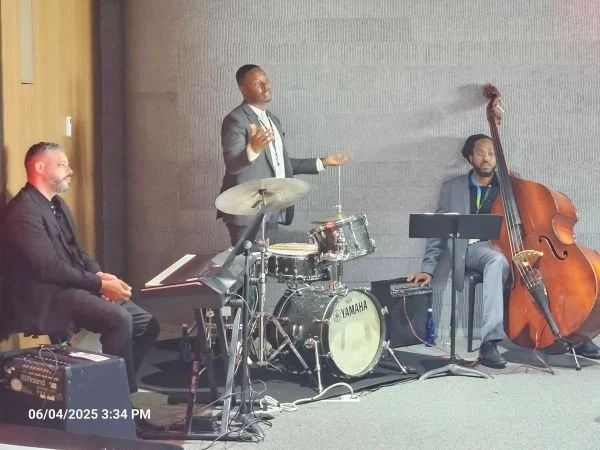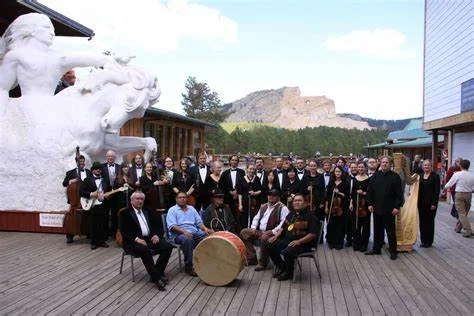Subtle Cues: Pathways to Deepen Understanding
JLP Trio, L to R: Zaccai Curtis, McClenty Hunter, and Corcoran Holt
Last week, Greg shared our Big Ears framework of soulful listening as a dynamic act of thinking and feeling together, which opens the way to collective meaning and shared understanding. The dimensions of soulful listening create a zone of emergence and transformation: future-oriented receptivity enables new possibilities to surface; generative, dynamic partnership to move beyond merely agreeing or disagreeing; and multi-dimensional awareness to develop more profound silences in yourself to hear beneath the words to the unspoken.
A key aspect of soulful listening is to become aware of and tuned into subtle cues. In jazz, master musicians don't just listen to what's being played in the moment—they detect subtle cues, listening for pivotal moments that signal where the music is heading next. Perhaps it’s a slight change in tempo, an unusual chord voicing, or a brief motif that signals an emerging musical direction before it fully manifests.
It’s one of the areas we explored in our workshop with Google VPs last Wednesday at their Pier 57 facility in NYC. Our jazz practice of “Big Ears” was a primary focus for the session, and as such, we went through the components of soulful listening. We then asked the attendees to carefully listen to and observe the flow of communication between band members, noting any subtle shifts or cues as the JLP Trio played “Alone Together.” The upbeat swing and Latin rhythms provided ample opportunity for the attendees to note eye contact, head nods, smiles, aural and verbal cues, as well as musical shifts. Attendees also remarked about the trust that was evident between the musicians.
The exercise that followed was for attendees to take turns being soulful listeners—the "cue detectors”—as they listened to their colleagues’ turbulent challenge and intended leadership moves. Identifying subtle cues for what is attempting to emerge opens avenues to test ideas, broaden thinking, and challenge old beliefs. The key isn't just identifying these signals, but interpreting them to make actionable strategic decisions before they become mainstream trends or major disruptions.
The trio shared another dimension that intrigued the attendees—there were instances in the song when they actually, as they described it, “stepped on each other’s toes.” Even as they connected through subtle cues, there were two overlapping improvisational moments—one when our bassist, Corcoran, began to play over drummer McClenty’s solo, and the second when our pianist, Zaccai, and Corcoran overlapped in musical direction. The musicians shared that in those instances, they connected to the intention of their band members and supported them in their music choice.
Lakota Music Project
Finding Common Ground
The importance of listening in generative ways was the focus of a recent Times article about the Lakota Music Project—a two-decades-long experiment in deepening cultural understanding and addressing injustice through music. The South Dakota Symphony and Native American musicians came together to make music, but also to address a history of racial tension. The challenges were many: the Native American musicians didn’t determine a specific tempo in advance of a performance, used muscle memory instead of sheet music, and took inspiration from their feelings in the moment for rhythm and intonation. The symphony musicians were accustomed to a written score with a set tempo and technical execution.
It is a provocative collaboration that required connecting through new cues, developing trust, and listening deeply to each other. Each group learned the strengths and limitations of the other, as well as how to improvise and adapt their cultural style to make the composition work.
Native American musician Emmauel Black Bear wisely said, “We all have our music. It’s our common ground. It’s not what makes us different, it’s what makes us similar.”


